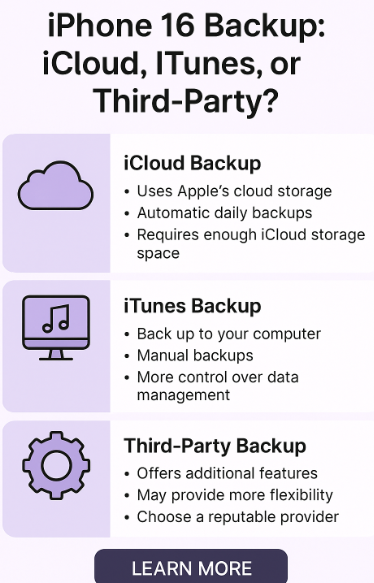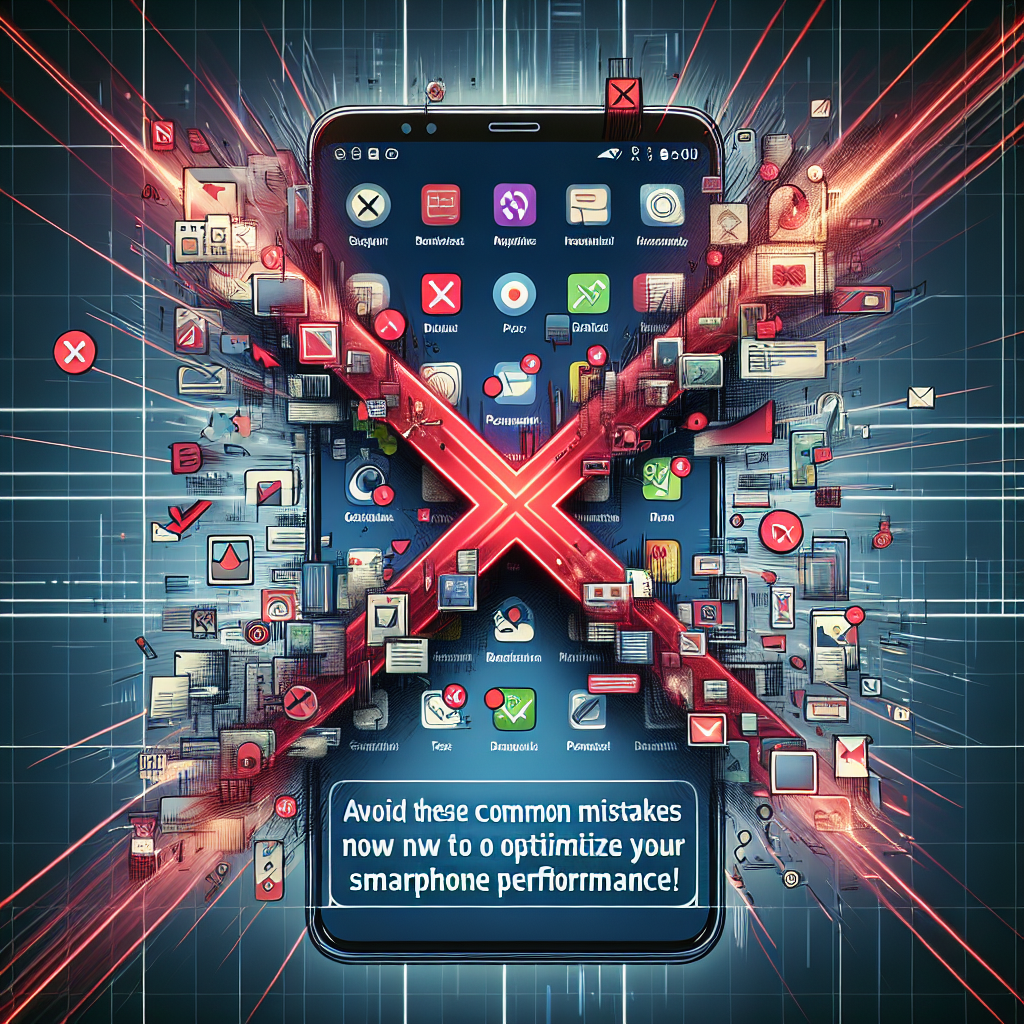As smartphones become more powerful, so does the data we store on them. From photos and videos to critical files, backups are no longer optional — they’re essential. With the iPhone 16 offering more features than ever, you need a reliable backup strategy to protect your personal and professional content.
In this comprehensive guide, we’ll break down the most popular iPhone 16 backup methods — iCloud, iTunes (or Finder), and third-party solutions — to help you determine which is best for your needs.

Why iPhone 16 Backup Matters
Every iPhone user has asked the question at some point: What if I lose my phone?
That’s exactly why regular backups are crucial. They allow you to:
-
Restore your iPhone if it’s lost, stolen, or damaged
-
Transfer data easily when upgrading devices
-
Safeguard against software bugs or failed updates
-
Retain access to important messages, photos, contacts, and files
Method 1: Backing Up with iCloud
iCloud is Apple’s native cloud-based backup system. It’s seamless, automatic, and doesn’t require cables or computers.
How to Set It Up:
-
Go to Settings on your iPhone 16
-
Tap your Apple ID at the top
-
Select iCloud > iCloud Backup
-
Toggle iCloud Backup ON
-
Tap Back Up Now to start the first backup manually
Once enabled, your iPhone will automatically back up when connected to Wi-Fi and charging. iCloud backs up app data, settings, photos, messages, and more — as long as you have enough iCloud storage.
Pros:
-
Automatic backups
-
No cables needed
-
Accessible across all Apple devices
Cons:
-
Limited free storage (5GB)
-
Requires internet access
Method 2: Using iTunes or Finder for Manual Backups
If you prefer offline backups or want more control, backing up your iPhone 16 to a Mac or PC is still a reliable option.
Note: iTunes is deprecated on macOS Catalina and later. Use Finder instead.
Steps to Backup via Computer:
-
Connect your iPhone to your Mac or PC via USB
-
Open Finder (macOS Catalina+) or iTunes (Windows/macOS Mojave or earlier)
-
Select your iPhone and choose Back Up Now
-
(Optional) Encrypt your backup for added security
Pros:
-
No internet required
-
Full device backups including app data, media, and settings
-
Great for large backup sizes
Cons:
-
Not automatic
-
Requires physical connection to your computer
Method 3: Third-Party Backup Tools
For power users or businesses, apps like iMazing, AnyTrans, and Dr.Fone provide advanced backup and transfer features.
Features Typically Include:
-
Selective backup of photos, messages, and app data
-
Cross-platform compatibility
-
Easy migration between devices
-
Scheduling and backup version control
Pros:
-
More flexible than Apple’s tools
-
Often includes recovery and transfer tools
-
Suitable for enterprise or power users
Cons:
-
Usually paid apps
-
Slight learning curve
Choosing the Right Backup Method
| Need | Best Option |
|---|---|
| Automatic daily backups | iCloud |
| Local encrypted backups | iTunes/Finder |
| Advanced customization | Third-party tools |
| Low storage limitations | iTunes/Finder |
| Business-level backup | iMazing, AnyTrans, etc |
Bonus iPhone 16 Optimization Tips
While you’re securing your data, check out these guides to boost your device’s performance:
Final Thoughts
Whether you choose iCloud, Finder/iTunes, or a premium third-party solution, the most important thing is that you back up your iPhone 16 consistently. Each option comes with its advantages, so pick what works best for your habits and storage needs.
Don’t wait for a data disaster. Implement a reliable backup plan today — your future self will thank you.







